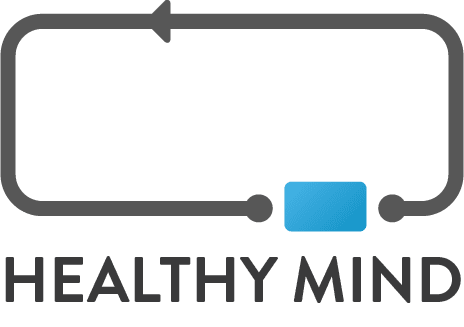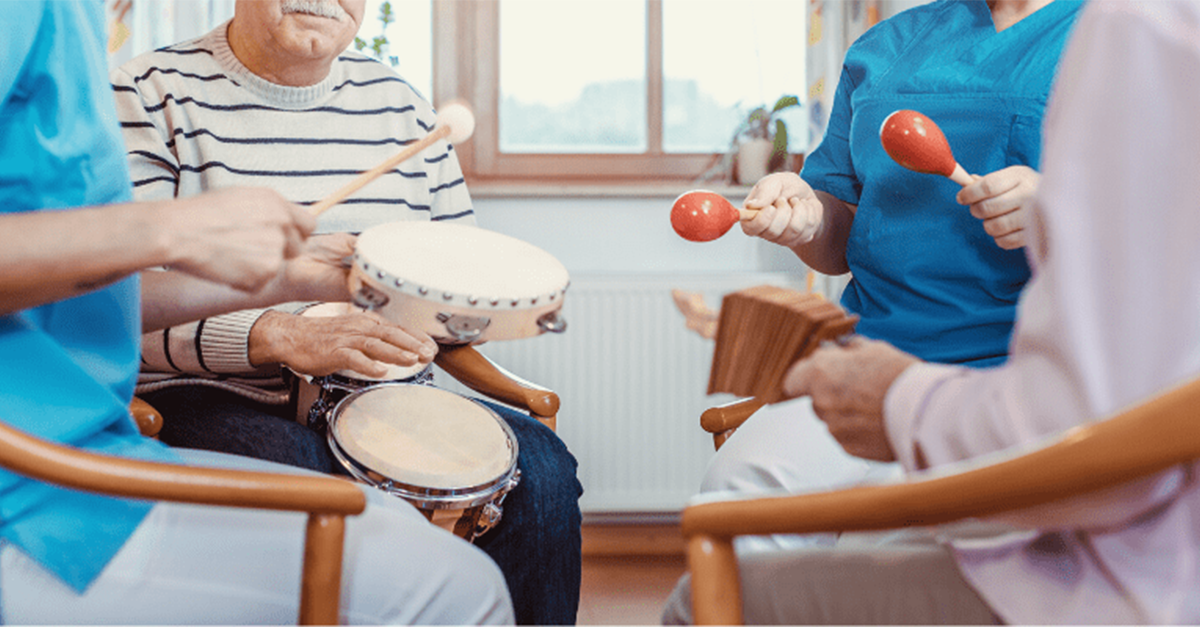Music has been used for therapeutic purposes since antiquity. But scientists have been able to demonstrate the benefits of music therapy on the brain in the 20th century thanks to the progress of medical imaging. Today, music is used as a complementary therapy in many health care institutions, but also in retirement homes, ehpad or prisons. How can such a success be explained? Zoom on music therapy and its health benefits!
The use of music as therapy
What is music therapy?
In the 1940s and 50s, music was used to relieve convalescent soldiers from their post-war traumas. But it’s only in the 1970s, following the creation of the International Center for Music Therapy, that music therapy was integrated into many French health care institutions. Considered as an art therapy practice, it was then reserved for trained and qualified music therapists, generally musicians.
How to define music therapy? According to the French Federation of Music Therapy (FFM), it is a care practice based on sound or musical mediation with the aim of supporting, accompanying or re-educating a patient. In this perspective, music is then used as a means of expression, communication, structuring and relational analysis.
What are the different techniques of musical relaxation?
Music therapy can be active (vocal and/or instrumental expression), or receptive (listening). Practitioners opt for one of the two techniques, depending on the treatment concerned.
In the active technique, the patient is involved in the musical creative process. Music is a language that allows him/her to express him/herself in a different way from speech. He can thus use and explore different tools such as his voice, his body, instruments or elements of his environment (furniture, objects, etc.).
In the passive or receptive technique, the subject receives and listens to music or sound. This technique promotes relaxation, mood improvement and reminiscence of the patient.

What are the health benefits of music therapy?
From a physiological point of view, music therapy has a real impact on the brain. Indeed, musical harmony – created by the variation of rhythms, sounds and melodies – leads to a decrease in the level of cortisol, the stress hormone.
Instead, music releases endorphins, serotonin and dopamine. These hormones of well-being, joy and reward have calming, analgesic and euphoric properties. This increase in hormone levels is reflected in a deceleration of the heart rate, among other things.
Consequently, the benefits of music therapy on our body, our moods and our behaviors are numerous:
- improvement of cognitive (attention, memory), psychomotor (agility, mobility, coordination) and socio-affective functions;
- relaxation, body relaxation, release of tension and reduction of anxiety;
- improvement of mood;
- regulation of behavioural disorders;
- stimulation of emotional, verbal and non-verbal expression;
- relief of chronic pain;
- improvement in sleep.
Music therapy in hospitals and care facilities
Music to stimulate and regulate behavior
As music therapy helps to regulate behavioural disorders, it can be used with autistic children, but also in psychiatry, especially with patients suffering from schizophrenia or addictions (drug addiction).
In Ephad, music used as therapy is particularly effective with elderly people suffering from the following diseases and pathologies :
| Diseases and pathologies | Examples of musical techniques | Benefits |
| Parkinson’s disease | Active: singing, instrumental practice | Improves body awarenessImproves muscle activity in the ENT area |
| Alzheimer’s disease | Passive: listening to music | Reminiscence, memory stimulation |
| Aphasia | Active: sound and instrumental creation | Reduction of language disorders |
| Depression and apathy | Active and passive: singing with the music therapist, instrumental practice, listening | Improvement of mood, cheerfulnessDetour of attention, entertainment Involvement in the creative processStimulates emotional expression and communication |
| Dementia | Active and passive: sound and instrumental creation | Improves body awareness |
In general, music used as therapy helps to improve social skills, concentration, mood, communication and body awareness. For example, singing songs with the music therapist can stimulate the memory of Alzheimer’s patients, cheer up depressed patients, or divert the attention of people with addictions.
The music therapist never works alone, but in collaboration with the health care teams (nurses, psychologists, psychiatrists). This collaboration allows him/her to get to know the patients better and to identify their needs.
✔️ Nursing staff who are not trained in music therapy can also create playlists for patients.
Relaxing with music in a hospital setting
In addition, music therapy helps to reduce patients’ anxiety and pain. This is why it is also used in hospitals, particularly in the following services and interventions:
- Palliative care ;
- geriatrics department ;
- neonatology department (premature babies);
- pre- and post-operative phases, in the context of chronic low back pain, heart problems or respiratory disorders ;
- Painful procedures, such as catheterization or dressing changes;
- Rehabilitation of stroke patients.
In this context, music as therapy aims to reduce the use of anxiolytics and antidepressants of a drug-like nature, in order to reduce the risk of undesirable side effects.
✔️ Music therapy benefits patients, families, and healthcare teams. A music therapist working in a patient’s room relaxes everyone present.

Virtual reality to reinforce the benefits of music therapy
Finally, music therapy can also be adapted to the hospital environment through therapeutic virtual reality. Thus, Healthy Mind has developed virtual reality headsets combining the principles of music therapy, relaxing images and medical hypnosis through verbal accompaniment.
This combination of different therapies is relevant since not all patients are equally receptive to music. In the case of musical anhedonia, the connections between the brain regions of the reward system and sound processing are weak.
Thus, the medical device designed by Healthy Mind can be used in different phases of hospitalization :
- In the pre-operative phase, in order to reduce anxiety and premedication.
- During a painful and/or anxiety-provoking intervention, in order to reduce the intake of sedatives, and to privilege loco-regional anesthesia.
- During the post-operative recovery phase, to promote a faster recovery of the patient, a reduction of post-operative pain, as well as the side effects related to the use of sedative drugs.
✔️ Healthy Mind helmets are effective in various use cases such as dental care, hepato-gastroenterology, interventional radiology or surgery.
In short, music therapy has many health benefits: music and sound mediation is an effective way to stimulate emotions, memories, or to enable a reconnection between a patient’s body and mind. With a double relaxing and stimulating action, music therapy is nowadays practiced by trained music therapists. However, tools such as virtual headsets Healthy Mind allow you to make your patients benefit from the principles of music therapy, without being trained in this art therapy.
Sources :
- Leggieri M. (2019). Music Intervention Approaches for Alzheimer’s Disease: A Review of the Literature. Frontiers in Neuroscience, 13(132), p.1-7.
- Jinah K. (2009). Emotional,
- motivational and interpersonal responsiveness of children with autism in improvisational music therapy. Autism, 13(4). p. 339-351.
- Maratos A. (2008). Music therapy for depression. Cochrane Database of Systematic Reviews.
- Stegemöller E.L. (2016). Effects of singing on voice, respiratory control and quality of life in persons with Parkinson’s disease. Disability and Rehabilitation, 39(6).







